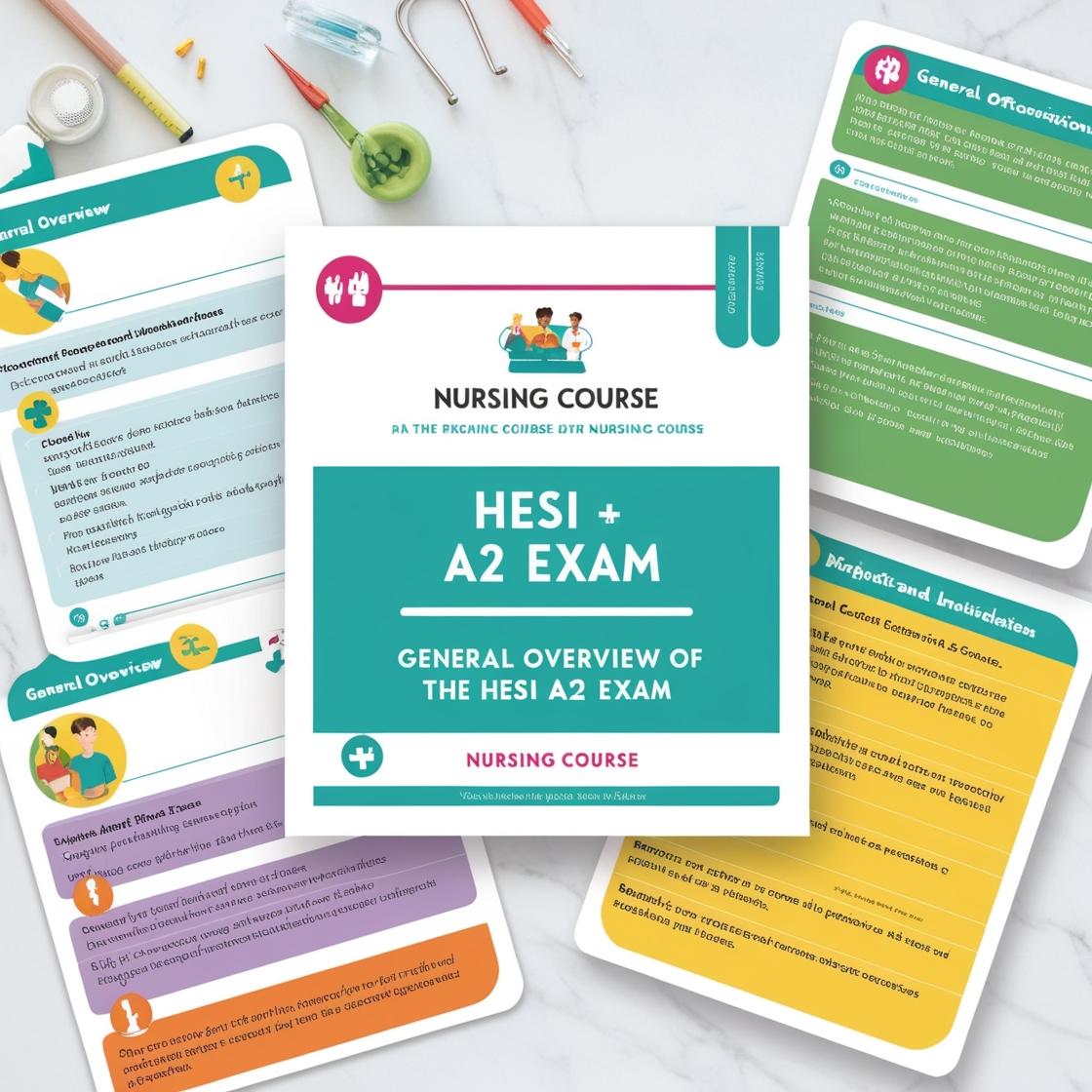HESI A2
HESI A2 Anatomy and Physiology Quizlet 2024
1. How does the endocrine system work with the reproductive system?
- A. The reproductive system transforms minerals into useful nutrients.
- B. The endocrine system determines the sex of the embryo.
- C. The reproductive system controls the growth of secondary sex organs.
- D. The endocrine system produces chemicals that regulate sexual function.
Correct answer: D
Rationale: The correct answer is D. The endocrine system plays a vital role in the regulation of sexual functions within the reproductive system. It produces hormones that are responsible for various functions, such as the development of secondary sex characteristics, production of gametes (sperm and egg cells), and the regulation of the menstrual cycle. These hormones are crucial for the proper functioning and coordination of the reproductive system, ensuring the successful reproduction and maintenance of reproductive health. Choices A, B, and C are incorrect because the reproductive system is not primarily responsible for transforming minerals into nutrients, determining the sex of the embryo, or controlling the growth of secondary sex organs. These functions are mainly regulated by the endocrine system in coordination with the reproductive system.
2. Which neurotransmitter controls sleep, mood, and appetite?
- A. Serotonin
- B. Oxytocin
- C. Cortisol
- D. Aldosterone
Correct answer: A
Rationale: Serotonin is the correct answer. It is a neurotransmitter that plays a crucial role in regulating mood, sleep, and appetite. Serotonin functions to stabilize and control these physiological processes in the brain and body. Imbalances in serotonin levels are commonly linked to conditions like depression, anxiety, and eating disorders. Oxytocin (Choice B) is more associated with social bonding and childbirth. Cortisol (Choice C) is a stress hormone, and while it can influence mood and appetite in response to stress, it is not primarily responsible for regulating these functions. Aldosterone (Choice D) is a hormone that regulates electrolyte balance and blood pressure, not mood, sleep, and appetite.
3. What is the function of amylase?
- A. Breaking down starch
- B. Digesting fat
- C. Breaking down protein
- D. Absorbing water
Correct answer: A
Rationale: The correct answer is A: Breaking down starch. Amylase is an enzyme that specifically functions to break down starch into smaller sugar molecules such as maltose and glucose. This process is essential for the digestion and absorption of carbohydrates in the body. Choices B, C, and D are incorrect because amylase does not digest fat, break down protein, or absorb water; its primary function lies in starch digestion.
4. When the pulmonary valve and aortic valves are open, where can blood flow?
- A. Between the two ventricles of the heart
- B. From atrium to ventricle within the heart
- C. Between the heart and the rest of the body
- D. Between the atria in the heart
Correct answer: C
Rationale: When the pulmonary valve and aortic valves are open, blood can flow between the heart and the rest of the body. The pulmonary valve allows blood to flow from the right ventricle to the lungs for oxygenation, while the aortic valve permits blood to flow from the left ventricle to the rest of the body for distribution of oxygen and nutrients. This circulation pathway ensures that oxygen-rich blood is pumped to the body tissues. Choices A, B, and D are incorrect because when the pulmonary valve and aortic valves are open, blood is not flowing between the ventricles, from atrium to ventricle, or between the atria; instead, it is being pumped out of the heart to the lungs and the rest of the body.
5. The arteries are part of which system?
- A. Nervous system
- B. Endocrine system
- C. Lymphatic system
- D. Cardiovascular system
Correct answer: D
Rationale: The correct answer is D, Cardiovascular system. Arteries are blood vessels that carry oxygen-rich blood away from the heart to various parts of the body. They are a key component of the cardiovascular system, which is responsible for transporting blood, nutrients, and oxygen throughout the body. The other options (A, B, and C) are incorrect because arteries are not part of the nervous system, endocrine system, or lymphatic system.
Similar Questions

Access More Features
HESI A2 Basic
$99/ 30 days
- 3,000 Questions with answers
- 30 days access @ $99
HESI A2 Premium
$149.99/ 90 days
- Actual HESI A 2 Questions
- 3,000 questions with answers
- 90 days access @ $149.99
